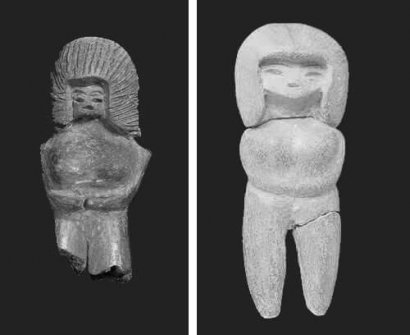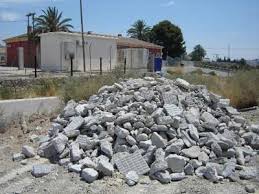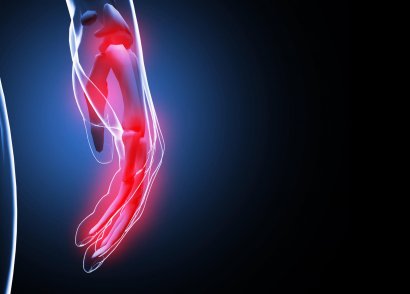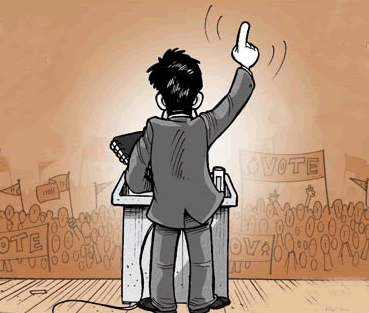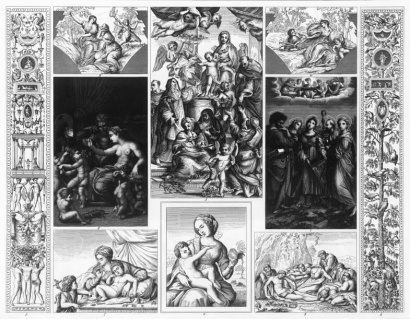 Renaissance is known as the artistic movement that took place in Western Europe mainly during the 15th and 16th centuries. Its name comes from the idea of the rebirth of cultural elements that had disappeared during the Middle Ages, such as the preeminence of reason, proportion, balance, and measure, many of them present in the ancient cultures of Greece and Rome. classical. Although the Renaissance is perhaps much more recognized than other cultural forms, it was the representation at the artistic level of the entire system of values and guidelines proposed by Humanism as a philosophical system of the time.
Renaissance is known as the artistic movement that took place in Western Europe mainly during the 15th and 16th centuries. Its name comes from the idea of the rebirth of cultural elements that had disappeared during the Middle Ages, such as the preeminence of reason, proportion, balance, and measure, many of them present in the ancient cultures of Greece and Rome. classical. Although the Renaissance is perhaps much more recognized than other cultural forms, it was the representation at the artistic level of the entire system of values and guidelines proposed by Humanism as a philosophical system of the time.
The Renaissance arose in the city of Florence as a consequence of the progressive opening of cities to trade, the emergence of new social groups known as bourgeoisie who invested their capital in the purchase of works of art, in contact with the world of the East. , etc. All these elements allowed the man of the time to begin to put aside the theocentrism that put him at the complete and indisputable service of God to go on to observe nature, everything that surrounded him and, especially, himself.
The Renaissance then started from this observation of reality to represent everything that it saw in a more rational, proportional and balanced way. Some of the characteristic elements of the Renaissance in its different areas (both sculpture, architecture and painting) was the use of perspective, of human proportion as the basis of all structures, of the balance of forms, of measure of expressions. In this sense, while in architecture the Gothic style was put aside and returned to the semicircular arch, rounded domes, linear and simple forms, in painting characters from Greco-Roman cultures were taken up (mainly gods and heroes), representing them in a proportionate and sculptural way.
The Renaissance can be divided into two major periods: the Quattrocento (referring to the 15th century), a period in which the center of cultural production was Florence; and the Cinquecento (referring to the 16th century), where the seat of cultural power was located in Rome. While in the first period certain reminiscences of medieval art are observed in some cases, towards the end of the second stage elements of crisis can be seen that would give rise to the later Mannerist style.
Among the Renaissance artists we must mention the incredible Leonardo Da Vinci, Raphael, Michelangelo, Brunelleschi, Giotto, Fra Angelico, Botticelli, Donatello, Dürer, among many others.
